Note to the Reader
Copper Canyon Press encourages you to calibrate your settings by using the line of characters below, which optimizes the line length and character size:
Lorem ipsum dolor sit amet, consectetur adipiscing elit. Pellentesque
Please take the time to adjust the size of the text on your viewer so that the line of characters above appears on one line, if possible.
When this text appears on one line on your device, the resulting settings will most accurately reproduce the layout of the text on the page and the line length intended by the author. Viewing the title at a higher than optimal text size or on a device too small to accommodate the lines in the text will cause the reading experience to be altered considerably; single lines of some poems will be displayed as multiple lines of text. If this occurs, the turn of the line will be marked with a shallow indent.
Thank you. We hope you enjoy these poems.
This e-book edition was created through a special grant provided by the Paul G. Allen Family Foundation. Copper Canyon Press would like to thank Constellation Digital Services for their partnership in making this e-book possible.
for Burton Watson
Translators Preface
Poetry is Chinas greatest art. No matter how wonderful its painting and calligraphy, its pottery and bronze casting, its sculpture and architecture, its music and dance, or its other literary arts, none of these has ever gained the universal appreciation and participation that poetry has enjoyed. This was especially true of the Middle Kingdoms Tang (618906) and Sung (9601278) dynasties, which Chinese ever since have called their Golden Age of Poetry. During the Tang and Sung, poetry became the defining measure of human relationships and human understanding. Nothing was significant without a poem: no social or ritual occasion, no political or personal event was considered complete without a few well-chosen words in rhyme that summarized the subtleties of the Chinese vision of reality and that linked this vision with the beat of their hearts. Although this universal art form had been developing in China for millennia, its greatest flowering was in the Tang and Sung, when suddenly it was everywhere: in the palace, in the street, in every household, every inn, every monastery, in every village square.
I dont pretend to be able to explain the complex social changes that helped bring about this efflorescence in the Tang and Sung, but by examining the word itself we can at least see why poetry held such an important place in Chinese culture. The Chinese word for poetry is shih (  ) and is composed of two parts. The part on the left (
) and is composed of two parts. The part on the left (  ) means language, and the part on the right (
) means language, and the part on the right (  ) originally meant administrative court and later came to mean Buddhist temple. But this was not the original form of the part on the right, and neither court nor temple has anything to do with the meaning of shih. This is because the second part was originally written chih (
) originally meant administrative court and later came to mean Buddhist temple. But this was not the original form of the part on the right, and neither court nor temple has anything to do with the meaning of shih. This is because the second part was originally written chih (  ), meaning from the heart, and the later form was simply the result of calligraphic shorthand and subsequent convention. Hence, the word for poetry does not mean the language of the court/temple but the language of the heart. The Great Preface to the Book of Odes says, When its in the heart, its chih. When its expressed in language, its shih. Thus, since the dawn of Chinese civilization 5,000 years ago, it has been the function of poetry to express this innermost square-inch of the Chinese heart.
), meaning from the heart, and the later form was simply the result of calligraphic shorthand and subsequent convention. Hence, the word for poetry does not mean the language of the court/temple but the language of the heart. The Great Preface to the Book of Odes says, When its in the heart, its chih. When its expressed in language, its shih. Thus, since the dawn of Chinese civilization 5,000 years ago, it has been the function of poetry to express this innermost square-inch of the Chinese heart.
Chinas earliest known book of this language of the heart was the Shihching, or Book of Odes. This is a collection of ritual hymns, ballads, and folk songs that date back to the beginning of the Chou dynasty around 1100 B.C. Some are even said to have been passed down from the time of Yu the Great, founder of the Hsia dynasty in 2205 B.C. The collection itself is attributed to Confucius (551479 B.C.), who reportedly sifted through some 3,000 poems from various parts of China and finally selected 305 as suitable for use in instructing his disciples.
Another collection of equal, if not greater, importance was the Chutzu, or Songs of Chu. This was a collection of the poems of Chu Yuan (340278 B.C.) and other shaman-literati of the state of Chu compiled by an anonymous editor around the beginning of the Christian Era. Unlike the Book of Odes, the Chutzu contained the work of known individuals. And unlike the more aloof and stylized Odes, the poems in the Chutzu poured forth far more personal and heartfelt joys and sorrows. As a result, this book had a much greater impact on poets. Wang Wei (701761) once said he carried two books with him wherever he traveled: the Vimalakirti Sutra and the Chutzu.
As time went on, other collections of poetry appeared. But aside from the Book of Odes and the Songs of Chu, no other anthology gained more than a limited audienceuntil the appearance of the Chienchiashih, or Poems of the Masters. This collection was first compiled at the end of the Sung dynasty by one of its most prolific writers, Liu Ko-chuang (11871269). Liu was also a leading literary critic, and at some point he decided to present his views on poetry through a collection of examples. Although no copy of Lius original anthology still exists, we know that he chose about 200 poems and arranged his selections under fourteen headings: flowers, bamboo, the sky, the earth, palace life, weather, tools, music, animals, insects, seasons, festivals, daily events, and human character. It was a great success. And as it enjoyed the good fortune of being published at the beginning of Chinas printing revolution, it soon appeared in village schools and private academies across the country, where it established itself as eminently useful in teaching students the rhythms of language and also the heart, as well as the names of all sorts of things an educated person should know.
Over the centuries, Lius original edition was rearranged by different editors, and the number of poems increased to the present 224. In some editions, several poems dating from the Ming dynasty (13681643) were also added to this total, but I have followed most editors in deleting them as extraneous.
At the beginning of the seventeenth century, Wang Hsiang, who is better known for his works for and about women, rearranged the poems into four parts according to poetic form: 39 four-line poems with five characters to a line, 45 eight-line poems with five characters to a line, 94 four-line poems with seven characters to a line, and 46 eight-line poems with seven characters to a line. Readers interested in Chinese poetics should note that the four-line poems all follow the rhyme schemes and tonal patterns laid down for chueh-chu (detached quatrains), and all eight-line poems follow the more complex rules for lu-shih (regulated verse) that required a great deal of parallelism as well. Wang also arranged the poems in each section according to the seasons (more or less), and he composed the first commentary. Wangs version of Lius anthology became so popular that the previous editions disappeared altogether, and I have generally followed Wangs arrangement.

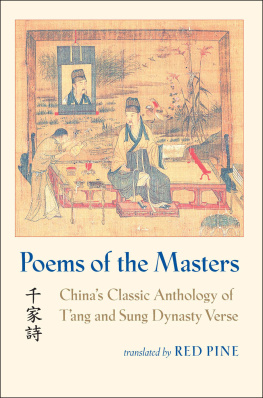
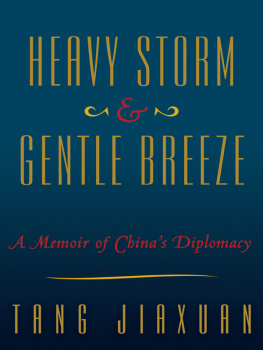
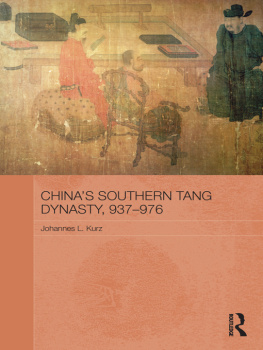
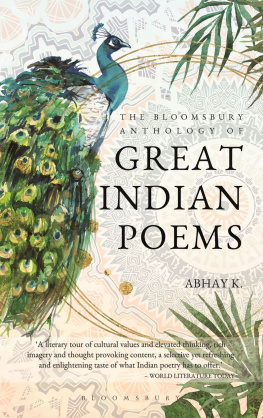
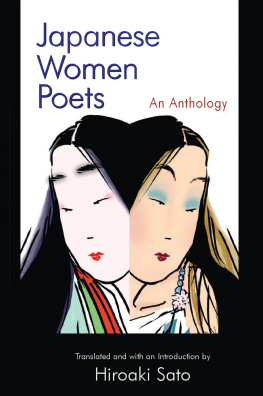
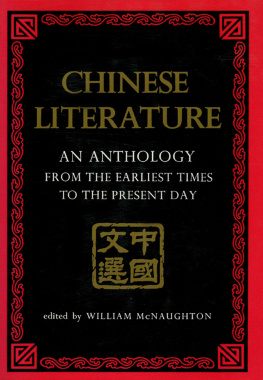
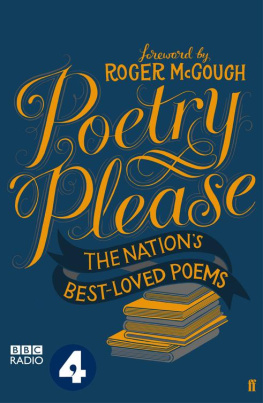

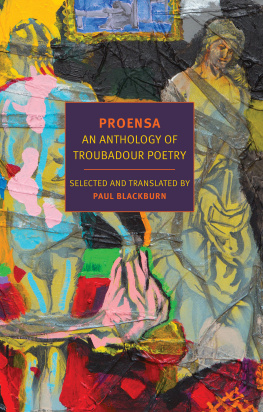
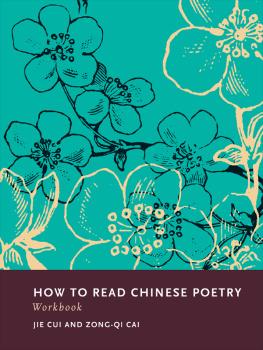




 ) and is composed of two parts. The part on the left (
) and is composed of two parts. The part on the left (  ) means language, and the part on the right (
) means language, and the part on the right (  ) originally meant administrative court and later came to mean Buddhist temple. But this was not the original form of the part on the right, and neither court nor temple has anything to do with the meaning of shih. This is because the second part was originally written chih (
) originally meant administrative court and later came to mean Buddhist temple. But this was not the original form of the part on the right, and neither court nor temple has anything to do with the meaning of shih. This is because the second part was originally written chih (  ), meaning from the heart, and the later form was simply the result of calligraphic shorthand and subsequent convention. Hence, the word for poetry does not mean the language of the court/temple but the language of the heart. The Great Preface to the Book of Odes says, When its in the heart, its chih. When its expressed in language, its shih. Thus, since the dawn of Chinese civilization 5,000 years ago, it has been the function of poetry to express this innermost square-inch of the Chinese heart.
), meaning from the heart, and the later form was simply the result of calligraphic shorthand and subsequent convention. Hence, the word for poetry does not mean the language of the court/temple but the language of the heart. The Great Preface to the Book of Odes says, When its in the heart, its chih. When its expressed in language, its shih. Thus, since the dawn of Chinese civilization 5,000 years ago, it has been the function of poetry to express this innermost square-inch of the Chinese heart.